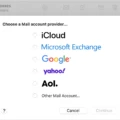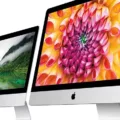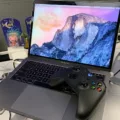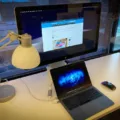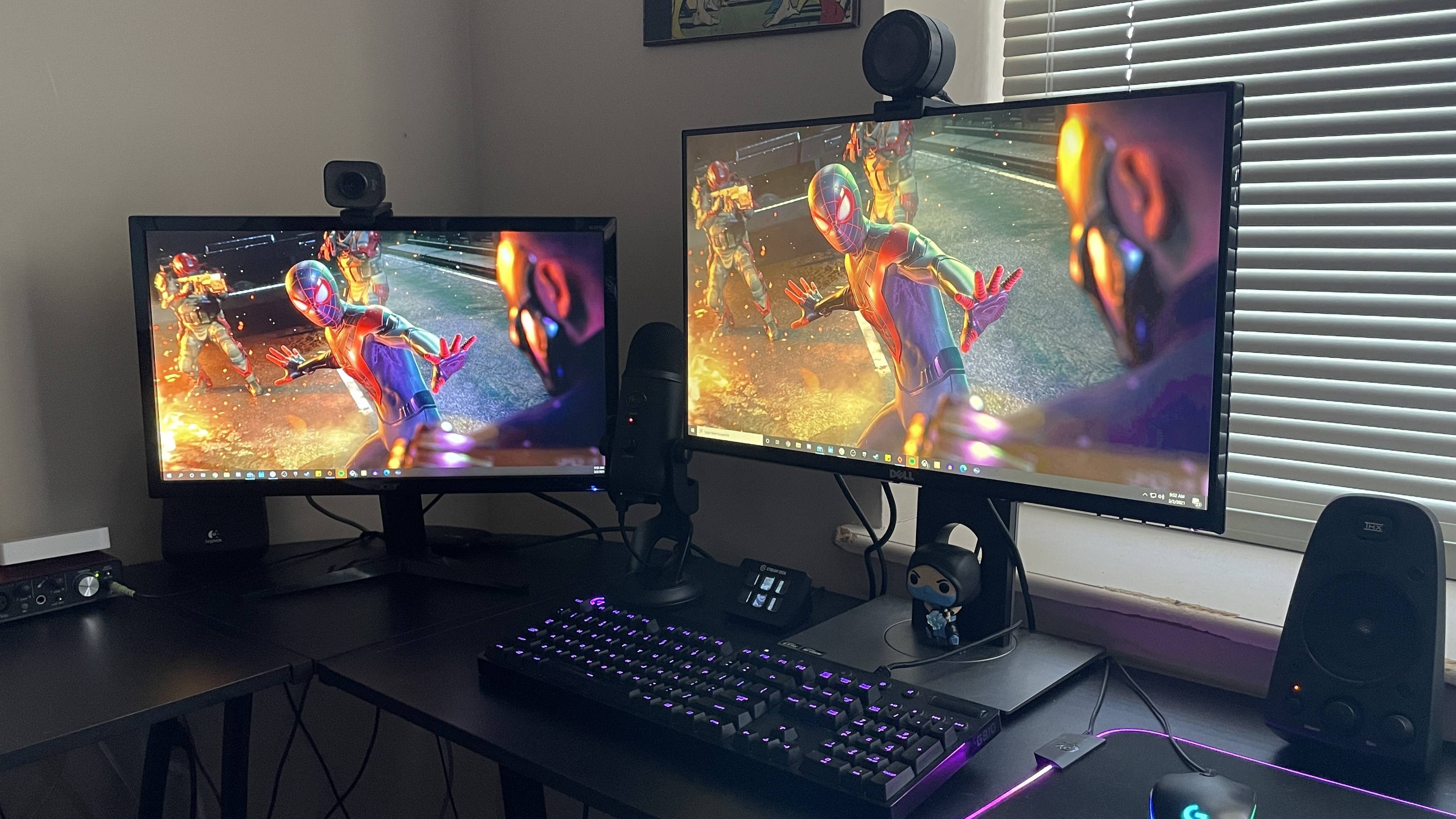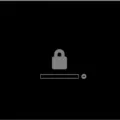One common issue that Mac users may encounter is when their Mac fails to recognize devices connected through a hub. This can be frustrating, especially if you rely on these devices for your work or personal use. However, there are several troubleshooting steps you can take to resolve this problem and get your Mac to recognize the devices once again.
Step 1: Power Cycle
The first step is to power cycle your Mac and all the connected devices. Start by shutting down your Mac and waiting for about 60-90 seconds. This allows any residual power to dissipate. Then, turn your Mac back on and log in. Wait for an additional 30-60 seconds before proceeding to the next step.
Step 2: Check Power, Port, and Cable Connections
Next, double-check the power, port, and cable connections of your devices. Ensure that the USB device is turned on and that its cables are properly connected. If you have multiple USB ports on your Mac, try switching the device’s cable to another port. Sometimes, a specific USB port may have issues, and switching ports can help resolve the problem. If the device still doesn’t work, it’s advisable to contact the manufacturer for further assistance.
Step 3: Adjust Finder Settings
In some cases, your Mac may not display the connected device in Finder. To resolve this, you can adjust the Finder settings to show your device in the sidebar. Here’s how:
1. Connect your device to your Mac.
2. Open Finder and go to the “Settings” menu.
3. Click on “Sidebar.”
4. Under “Locations,” select the “CDs, DVDs, and iOS Devices” checkbox.
5. Now, you should see your device listed in the sidebar. Click on it to access the syncing options.
Step 4: Allow Accessory Connection
Sometimes, your Mac’s security settings can prevent it from recognizing devices through a hub. To address this, you can adjust the “Allow accessories to connect” setting. Follow these steps:
1. Click on the Apple menu and select “System Settings.”
2. Choose “Privacy & Security.”
3. Scroll down and click on the pop-up menu next to “Allow accessories to connect.”
4. Select the option that suits your needs or preferences.
By adjusting this setting, you grant permission for your Mac to recognize and connect with accessories through a hub.
If your Mac is not recognizing devices connected through a hub, it can be frustrating. However, by following the troubleshooting steps outlined above, you can often resolve the issue and regain functionality. Power cycling, checking connections, adjusting Finder settings, and allowing accessory connections are all important steps to consider. If these steps do not resolve the problem, reaching out to the device manufacturer or seeking further technical assistance may be necessary.
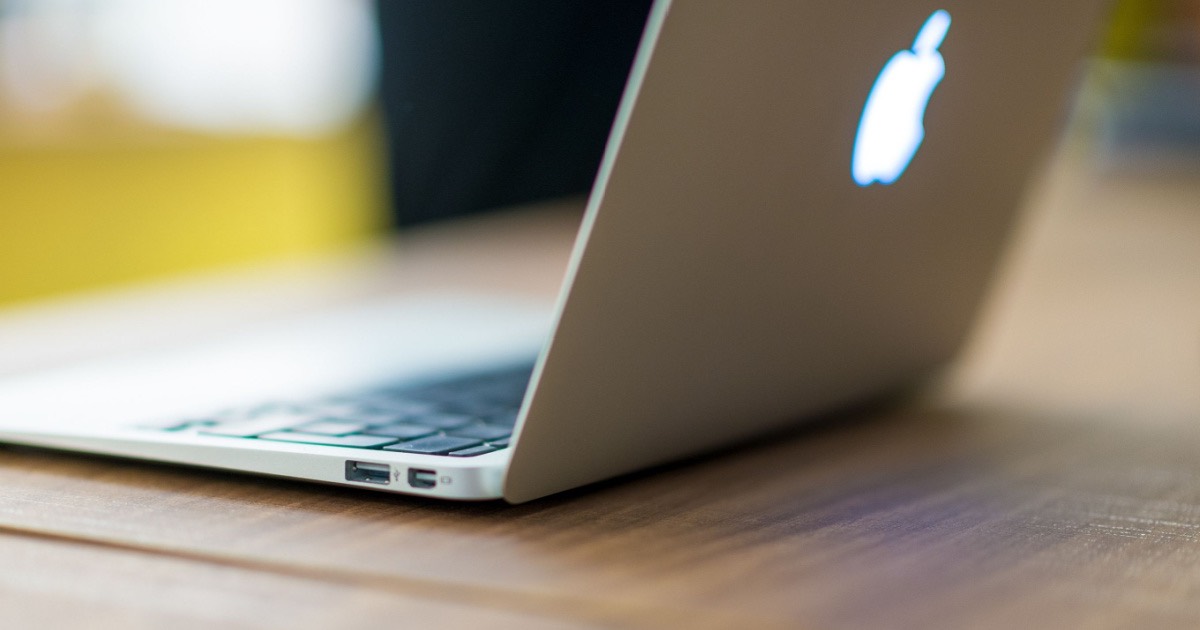
How to Get Your Mac to Recognize USB-C Hub?
To get your Mac to recognize a USB-C hub, follow these steps:
1. Start by disconnecting the USB-C hub from your Mac.
2. Shut down your Mac by going to the Apple menu and selecting “Shut Down.”
3. After the Mac has completely shut down, wait for about 60-90 seconds. This allows any residual power to dissipate.
4. Now, turn your Mac back on by pressing the power button.
5. Once you have logged in to your Mac, give it some time to fully boot up and settle down. Wait for an additional 30-60 seconds to ensure everything is ready.
6. Next, take the USB-C hub and plug the power adapter into an electrical outlet or power source.
7. Connect the provided USB-C to USB-C cable (which came with the dock) to the USB-C port on the hub.
8. plug the other end of the USB-C cable into any available USB-C port on your Mac.
9. Give it a moment for the Mac to recognize the USB-C hub. The hub should now be recognized and ready to use.
If your Mac still doesn’t recognize the USB-C hub, there are a few additional troubleshooting steps you can try:
– Ensure that the USB-C hub is compatible with your Mac model and operating system version. Check the manufacturer’s website for any specific compatibility requirements.
– Try using a different USB-C to USB-C cable or a different USB-C port on your Mac to rule out any cable or port issues.
– Restart your Mac and try connecting the USB-C hub again.
– Reset the NVRAM/PRAM on your Mac. To do this, shut down your Mac, then turn it on and immediately press and hold the Option + Command + P + R keys until you hear the startup sound for the second time.
– Update your Mac’s operating system and firmware to the latest versions available.
If none of these steps resolve the issue, it’s possible that there may be a problem with either the USB-C hub or your Mac’s hardware. In such cases, you may need to contact the manufacturer for further assistance or consider getting your Mac checked by an authorized service provider.
Why is Your Mac Not Recognizing USB Devices?
There could be several reasons why your Mac is not recognizing USB devices. Here are some possible causes and troubleshooting steps you can take:
1. Power issues: Ensure that the USB device is turned on and receiving power. Check if it has a separate power adapter or if it is properly charged.
2. Faulty USB port: Try connecting the USB device to another USB port on your Mac. Sometimes, certain ports may not be functioning properly.
3. USB cable problems: Make sure the USB cable is securely connected to both the device and your Mac. If possible, try using a different USB cable to see if the issue is with the cable itself.
4. USB device compatibility: Ensure that the USB device you are trying to connect is compatible with your Mac. Some devices may require specific drivers or software to work correctly.
5. Software issues: Check if your Mac’s operating system is up to date. Sometimes, outdated software can cause compatibility issues with USB devices. Update your Mac to the latest version of macOS.
6. Resetting SMC and NVRAM: In some cases, resetting the system management controller (SMC) and non-volatile random-access memory (NVRAM) on your Mac can help resolve USB recognition issues. Instructions to reset these can be found on Apple’s support website.
7. Check for device conflicts: Disconnect all other USB devices from your Mac and try connecting the problematic device alone. Sometimes, conflicts between multiple connected USB devices can cause recognition issues.
8. Check with the manufacturer: If none of the above steps resolve the issue, it’s best to contact the manufacturer of the USB device for further assistance. They may have specific troubleshooting steps or firmware updates available.
How to Get Your Mac to Recognize a Device?
To get your Mac to recognize a device, follow these steps:
1. Connect your device to your Mac using a compatible cable.
2. Open Finder on your Mac.
3. In the top menu, click on “Finder” and then select “Preferences” or press “Command + ,” (comma) on your keyboard.
4. The Finder Preferences window will open. Click on the “Sidebar” tab.
5. Under the “Locations” section, you will see a list of checkboxes. Make sure the “CDs, DVDs, and iOS Devices” checkbox is selected.
6. Close the Finder Preferences window.
7. In the Finder sidebar, you should now see your device listed under the “Devices” section.
8. Click on your device to access its syncing options and manage its content.
By enabling the “CDs, DVDs, and iOS Devices” checkbox in the Finder Preferences, you ensure that your Mac recognizes and displays your connected devices in the sidebar for easy access. This allows you to sync and manage your device’s content directly from the Finder.
How to Get Your Mac to Recognize Your Docking Station?
To get your Mac to recognize your docking station, you can follow these steps:
1. Click on the Apple menu located at the top left corner of your screen.
2. From the drop-down menu, select “System Preferences.”
3. In the System Preferences window, click on “Privacy & Security.”
4. Scroll down the Privacy & Security options until you find the “Allow accessories to connect” section.
5. Click on the pop-up menu next to “Allow accessories to connect” to expand the options.
6. Choose the option that best suits your needs. You may have options such as “Only Apple-signed accessories,” “Only accessories that have been connected before,” or “Any accessory.”
7. Once you have selected your preferred option, close the System Preferences window.
By following these steps and adjusting the settings in the Privacy & Security section, you should be able to get your Mac to recognize your docking station.
Conclusion
Troubleshooting and resolving issues with Mac devices can often be a simple process. By following the steps outlined above, such as waiting for the Mac to fully shutdown and then restarting, checking power, port, and cable connections, and adjusting Finder settings, you can often resolve common issues with USB devices not being recognized or synced properly.
It’s important to ensure that the USB device is turned on and properly connected, and if possible, try using a different USB port on your Mac. If the issue persists, contacting the manufacturer for further assistance is recommended.
Additionally, adjusting the privacy and security settings on your Mac can also help ensure that accessories are allowed to connect and sync properly.
By following these steps and troubleshooting methods, you can improve the functionality and performance of your Mac, allowing for a smoother user experience and efficient use of USB devices.

